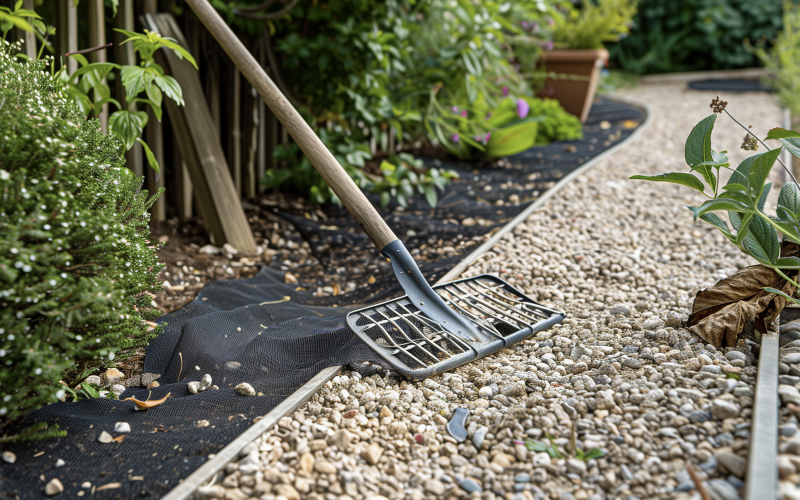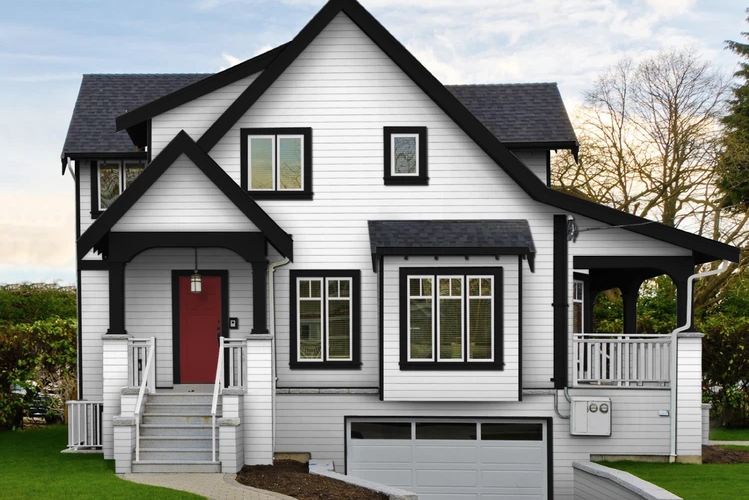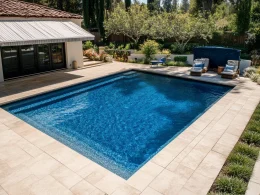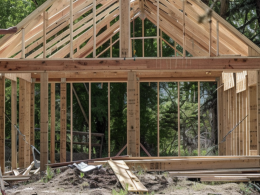You can lay gravel directly on the soil, offering a quick and budget-friendly option for low-traffic areas or temporary solutions.
This approach is popular for creating simple garden paths or low-budget backyard gravel designs.
However, it’s not always the ideal choice, as it can lead to issues like gravel sinking or weed growth over time.
This guide will explore the pros and cons of laying gravel on soil, key considerations for success, and methods to enhance stability.
We’ll cover essential steps, from soil preparation to maintenance, to help you make an informed decision about your project.
Whether you’re a DIY enthusiast or a homeowner looking to upgrade your outdoor space, we’ll provide practical tips to achieve the best results for your gravel surface.
Pros and Cons of Laying Gravel Directly on Soil
Pros
- Cost-effective and quick installation: Placing gravel straight on soil is an affordable option that requires little time or effort. It’s a simple way to create a functional surface without breaking the bank.
- Ideal for temporary or low-traffic areas: This method works well for spaces without heavy use or short-term solutions. It’s perfect for garden paths, backyard seating areas, or temporary parking spots.
Cons
- Potential for gravel sinking and becoming unstable: The gravel may sink into the soil over time, especially in wet conditions. This can lead to an uneven surface that’s less safe and attractive.
- Weed growth through the gravel over time: Weeds can easily sprout between the stones without a barrier, requiring regular maintenance to keep the area tidy.
- Directly laid gravel is less durable: It is less durable under heavy traffic than other methods. It may shift and spread in areas with frequent foot or vehicle traffic, needing frequent touch-ups to maintain appearance and function.
Key Considerations
1. Soil Type and Its Impact on Gravel Stability
The kind of soil in your yard plays a big role in how well the gravel stays in place.
Clay soils can cause more sinking, while sandy soils might allow for better drainage but less stability.
2. Climate and Weather Conditions Affecting Gravel Longevity
Your local weather patterns matter.
Areas with heavy rainfall or freeze-thaw cycles may see more gravel movement and require more upkeep.
3. Intended use of the gravel surface
Think about how you’ll use the space. A quiet garden path has different needs than a busy driveway.
The expected traffic will help determine if laying gravel directly on soil is the right choice for your project.
Preparing the Soil for Gravel
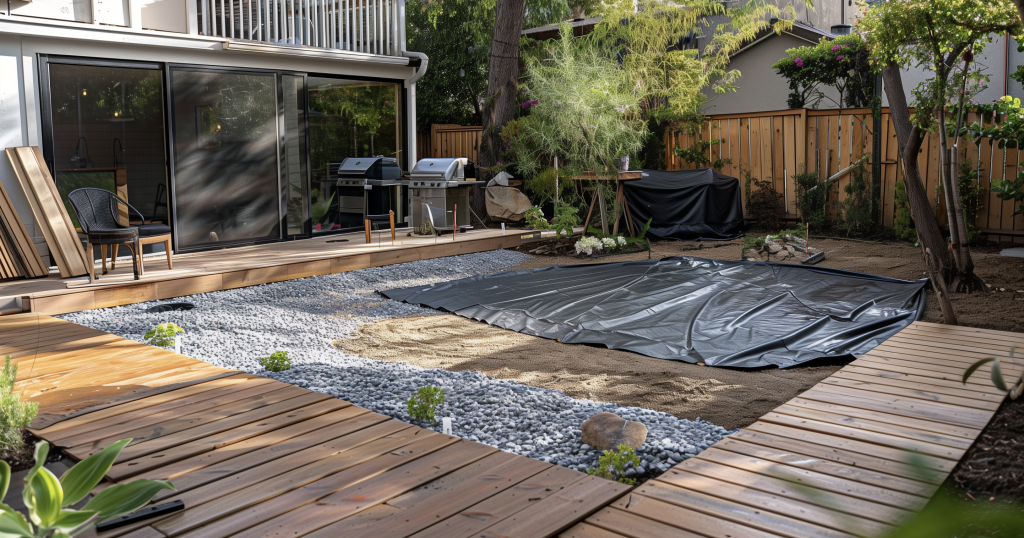
Good preparation is key to a lasting gravel surface. It helps prevent future issues like sinking, unevenness, and weed growth.
Steps
- Clear the area of debris and vegetation: Remove all plants, rocks, and other objects from the site. This creates a clean slate for your project.
- Level the soil to create an even surface: Use a rake or shovel to smooth out any bumps or dips in the ground. A flat base is crucial for a stable gravel layer.
- Compact the soil to minimize settling: Firm the soil with a hand tamper or plate compactor. This step reduces the chance of future sinking or shifting.
Enhancing Stability with Additional Measures
Using a Permeable Membrane
- A membrane is a barrier between soil and gravel, stopping weeds and keeping stones in place.
- Lay it flat over the prepared soil, overlapping the edges by about 6 inches. Secure with landscape staples if needed.
Installing Edging
- Edging helps contain gravel and maintain shape. It creates a border that keeps gravel from spreading into nearby areas.
- Plastic, metal, or stone are common edging materials. Install them before adding gravel, ensuring they’re anchored in the ground.
Alternatives to Directly Laying Gravel on Soil
1. Using a Sub-base
- A subbase provides better drainage and a more stable foundation for the gravel.
- Use crushed stone or gravel, spread 2-4 inches deep, and compact before adding the top layer of gravel.
2. Utilizing Gravel Grids
- The plastic or rubber grids hold gravel in place and distribute weight more evenly.
- Place grids on prepared soil, connect them, fill with gravel, and rake smooth.
Conclusion
Laying gravel directly on soil isn’t just a yes or no question—it’s about understanding the nuances of your specific project.
We’ve discussed the pros and cons, key considerations, and essential steps to make this method work for you.
But remember, success hinges on proper preparation and ongoing maintenance.
Whether planning a garden path or a driveway, understanding these techniques can save you time, money, and future headaches.
Your outdoor space deserves careful thought and planning. These insights can help you avoid costly mistakes and create a lasting surface.
Ready to get your hands dirty? Start by evaluating your soil type and project needs.
Don’t hesitate to explore alternatives like subbases or gravel grids for more demanding applications.





